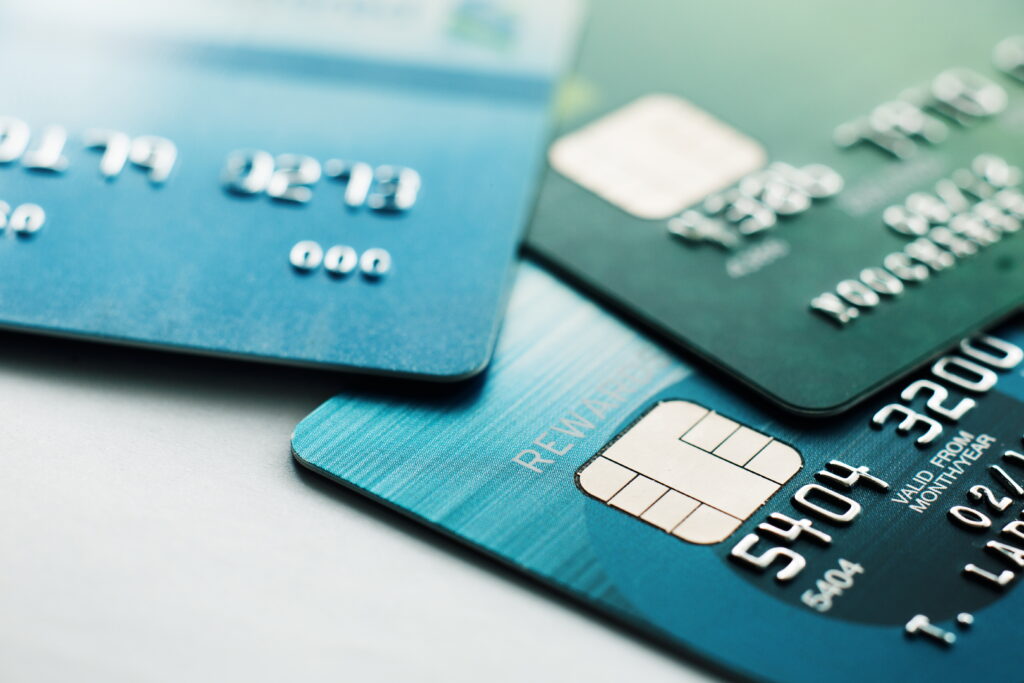Accepting credit card payments from consumers can certainly affect your bottom-line due to the interchange fees. Many of us are familiar with signs at cash registers letting us know that to pay using a credit card there is a minimum purchase required, or the gas stations along the highways that show cash price versus credit price and when checking out from an online website, choosing credit card versus ACH or debit results in a lower fee being added to cover processing. This article will help explain the options and the benefits of each method.
Surcharging is the practice of adding a fee to a transaction when a customer uses a particular payment method, such as a credit card. The fee is added to the total cost of the transaction and is paid by the customer. Surcharging is legal in the United States but is subject to certain restrictions and regulations.
Cash discounting, on the other hand, is a pricing strategy that offers a discount to customers who pay with cash or a non-credit payment method. The discount is subtracted from the total cost of the transaction and is not subject to the same regulations as surcharging.
Dual pricing is a pricing strategy that offers two different prices for the same product or service, depending on the payment method used. For example, a business might offer one price for cash payments and another price for credit card payments. Dual pricing can be subject to the same regulations as surcharging, depending on the country and local laws.
| Surcharge | Cash Discount | Dual Pricing | |
| Maximum | Cost to process transaction but no more than 3% | N/A | N/A |
| Display Price | Lowest price is displayed, and the surcharge is added at check out. | Highest price is displayed, and a discount is applied as desired by the merchant at check out. | All items must display both the credit card price and other payment method price. |
| Restrictions | Notification to consumer Some jurisdictions forbid surcharging Only on Credit Card transactions | Legal in all states | Legal in all states |
